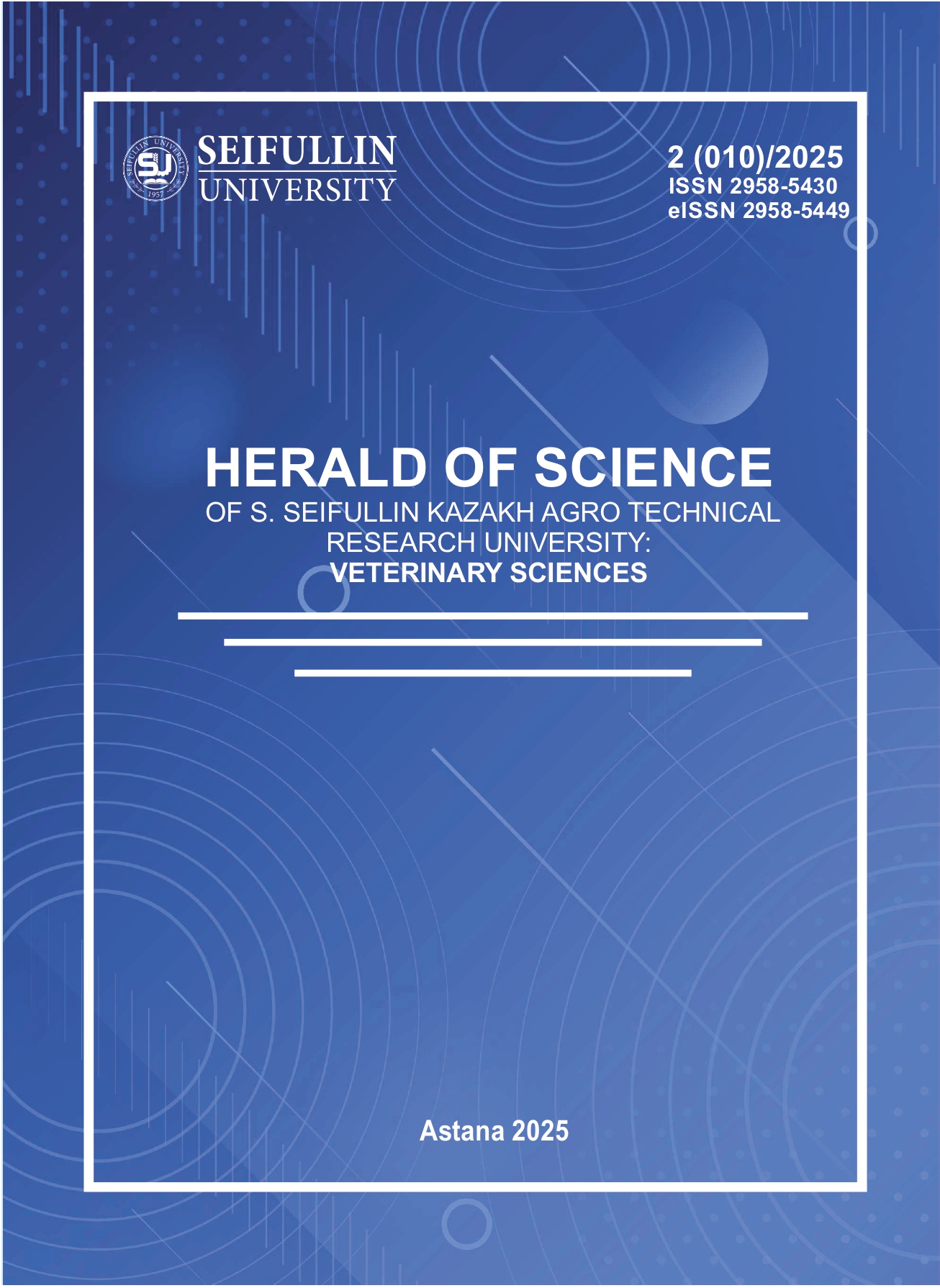Spatial analysis of rabies using ArcGIS Pro tools
DOI:
https://doi.org/10.51452/kazatuvc.2025.2(010).1964Keywords:
animal rabies; spatial analysis; clusters; geographic information system technology.Abstract
Background and Aim. In line with the One Health concept, which recognizes the interconnectedness of human, animal, and ecosystem health, the global burden of rabies remains relevant given the current increase in zoonotic and vector borne diseases. For successful rabies control, monitoring the changing patterns of infection spread is vital. This paper is devoted to the spatial analysis of the spread of rabies among animals in Kazakhstan.
Materials and Methods. The Spatial Autocorrelation (Moran’s I) and Anselin Local Moran’s I statistics of the Geoprocessing tool in ArcGIS Pro were used.
Results. Several types of spatial distribution were noted: clusters in the northeast, south, and west of the country; sparse type in the border areas of the north and northwest; and random distribution in the central and southwestern regions. High-Low Outliers indicating sporadic outbreaks of rabies caused by the migration of infected animals, as well as Low-High Outliers indicating the containment of the epizootic due to preventive measures or natural barriers were also revealed.
Conclusion. The study highlights the need to strengthen control over the spread of rabies, implement measures to prevent the migration of infected animals, and optimize vaccination and monitoring programs. The use of spatial analysis methods allows us to identify epidemiological patterns and develop effective strategies to combat the disease in regions with different risk levels.

